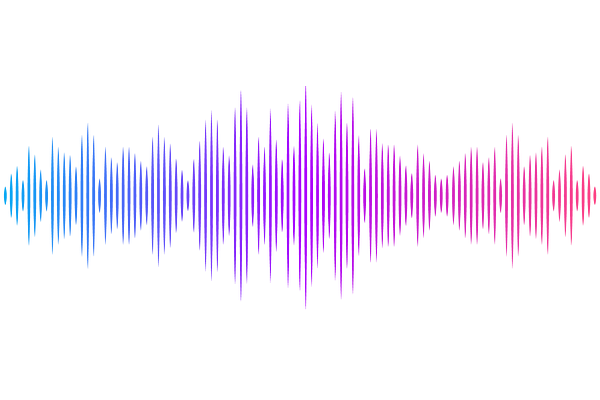Phosphoproteomics Maps Calcineurin-NFAT-DSCR1.4 Signaling as Druggable Axis in Gαq-R183Q-Driven Capillary Malformations

Phosphoproteomics Maps Calcineurin-NFAT-DSCR1.4 Signaling as Druggable Axis in Gαq-R183Q-Driven Capillary Malformations
Xu, T.; Janssen, V.; Reinhard, N. R.; Sobrevals-Alcaraz, P.; van Es, R. M.; de Haan, A.; de Swart, J.; Wehrens, M.; Wolkerstorfer, A.; van der Horst, C. M. A. M.; Vos, H. R.; Huveneers, S.
AbstractVascular malformations are congenital lesions caused by somatic and germline mutations that disrupt developmental signaling pathways. Capillary malformations (CMs) typically present as port-wine stains in the skin and can also affect ocular and cerebral tissues in Sturge Weber Syndrome (SWS), leading to aesthetic, ophthalmic, and neurological complications. CMs are caused by a somatic mutation in the GNAQ gene in endothelial cells, leading to a p.R183Q substitution in the Gq protein. The underlying mechanisms of Gq-R183Q-driven CMs formation remain unclear. To address this, we generated CRISPR/Cas9-engineered human dermal microvascular endothelial cells lacking endogenous Gq, whilst expressing the Gq-R183Q mutant instead. The Gq-R183Q mutation strongly impaired endothelial cell migration and angiogenic sprouting capacity compared to wild-type controls. Next, using SILAC-based quantitative proteomics, we investigated the Gq-R183Q-induced changes in the endothelial phosphoproteome. These analyses revealed prominent activation of the calcineurin-NFAT signaling pathway in Gq-R183Q-expressing endothelial cells, leading to dephosphorylation of NFAT1 and NFAT2 and the selective expression of their transcriptional target DSCR1.4. Immunofluorescence of patient-derived skin biopsies confirmed deregulation of NFAT1/2 and the expression of DSRC1 in endothelial cells, validating their potential importance in CMs. We further demonstrate that pharmacological inhibition of calcineurin with tacrolimus (FK506) could partially restore NFAT signaling in Gq-R183Q endothelial cells. Intriguingly, the genetic depletion of the NFAT target DSCR1 in Gq-R183Q cells fully restored calcineurin/NFAT signaling to normal levels, enabling proper endothelial migration and sprouting. In summary, we uncovered a calcineurin-NFAT-DSCR1.4 signal transduction axis that is driven by Gq-R183Q and established its importance for endothelial angiogenic properties. These findings highlight the calcineurin/NFAT signaling axis as a promising therapeutic target to restore endothelial function in CMs.